Why creatives need passion projects

Another night in, bingeing on catch-up TV: Portrait Artist of the Year, Pottery Throwdown, The Great British Bake Off and Make it at Market may not be very rock ‘n’ roll, but they scratch the creative itch, albeit in a voyeuristic, non-participatory way. However, after watching several episodes, I noticed something about the contestants on these shows. There are a disproportionate number of graphic designers on our screens trying their hands at tactile skills from pottery to silversmithing. It begs the question: Why?
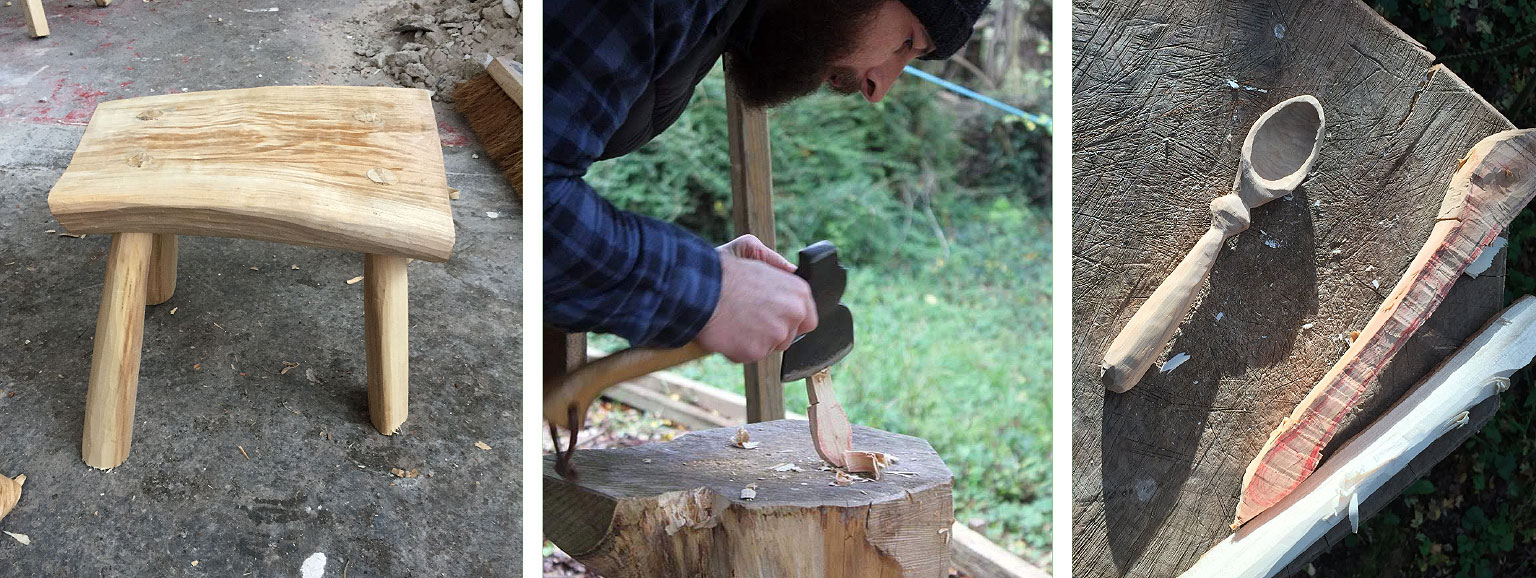
Having worked in the creative industries for over a quarter of a century, I can attest to having brushed shoulders with many skilled designers, art directors and artworkers, retouchers, copywriters and illustrators, and many of them would go home, only to start work again on their passion projects.
Perhaps it’s indicative of how the design world has changed, that has led to us wanting to create in a hands-on way, to make something singular, crafted solely to satisfy our own creative demands.
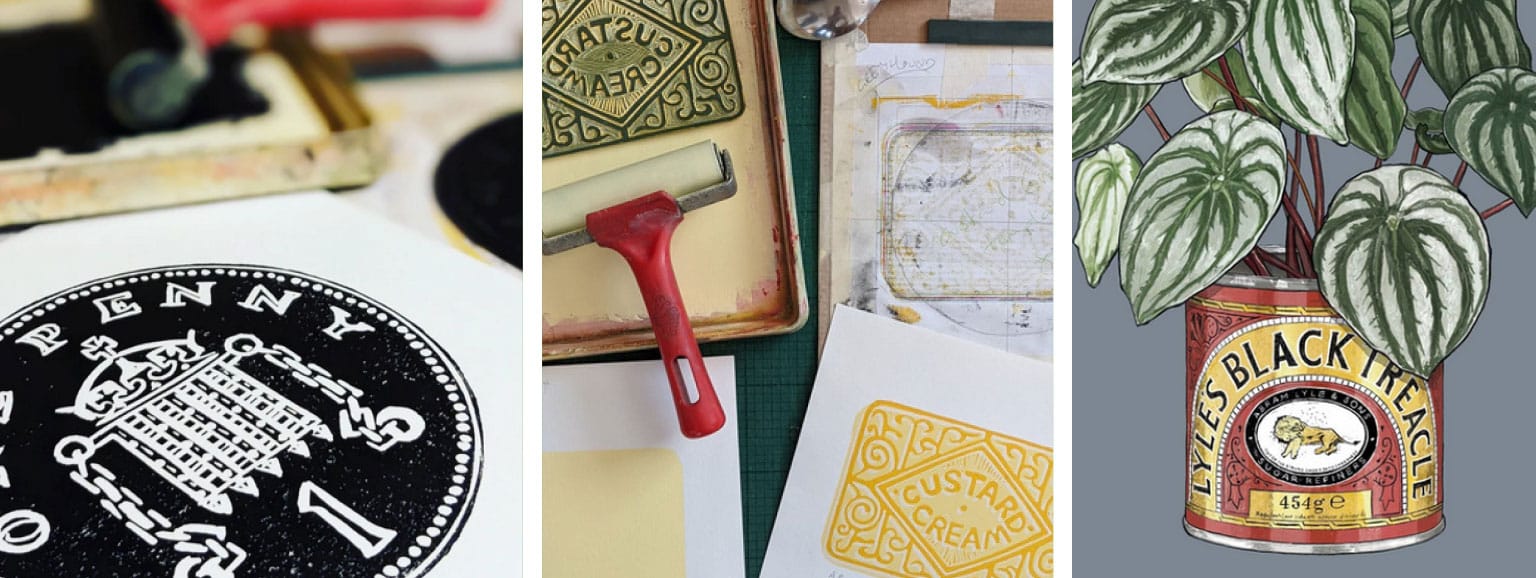
With a passion project there are no KPI’s, no brand guidelines, and no client expectations. You can create whatever you like, however you like, in whatever shape or form you choose.
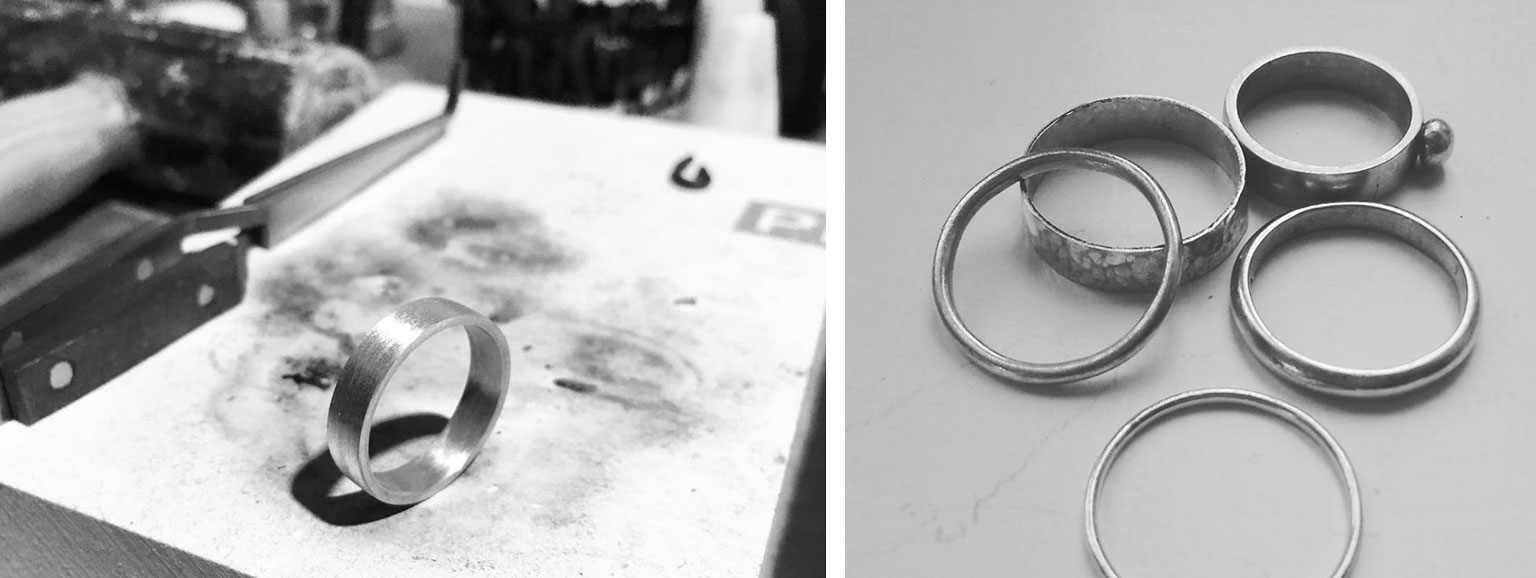
I think passion projects are important and serve us in ways not always apparent at first. Rather than being results focused, our personal projects allow freedom of expression, they improve our decision making and hone our aesthetic eye which can also be applied to our day jobs. We flex our creative muscles, solve problems, and have the time to craft and edit until we are satisfied.
We create because we are creatives. It makes us happy.
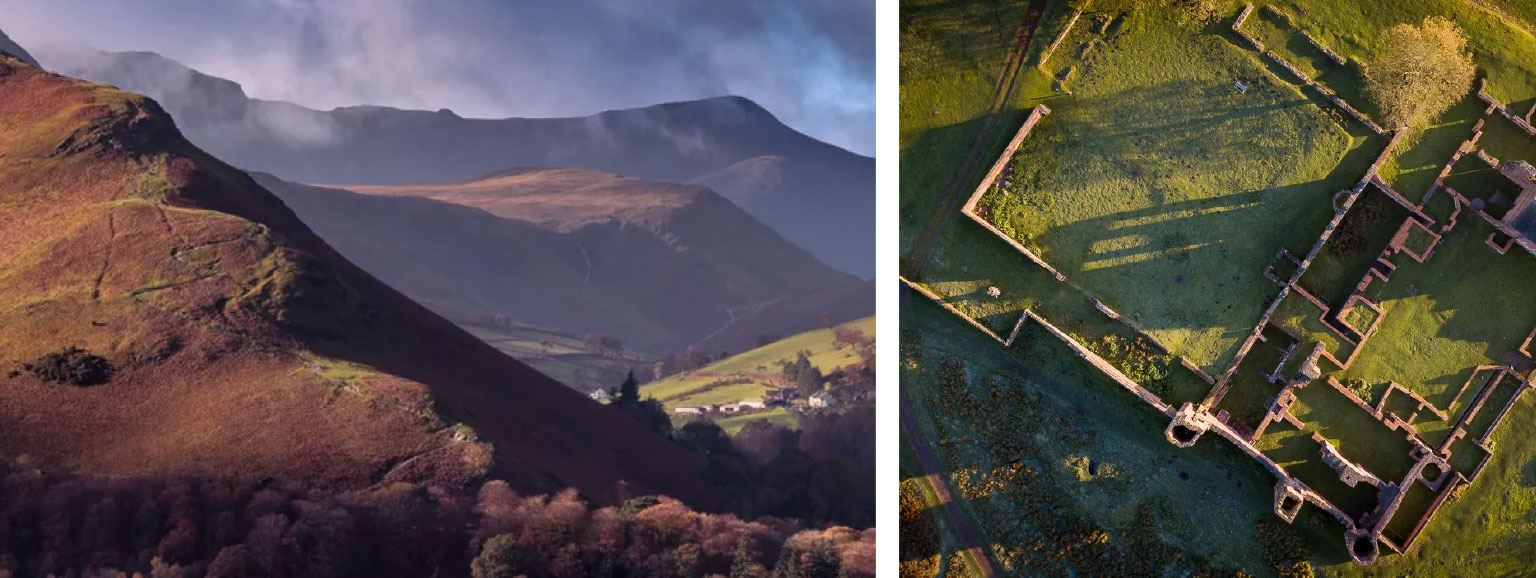

We have curious minds, and while we might seem like creative butterflies flitting from one idea and passion project to another, we are actually increasing the likelihood of us producing something new, rather than derivative.
Actively juggling different creative projects forces the mind to not fixate and allows us to make new connections.
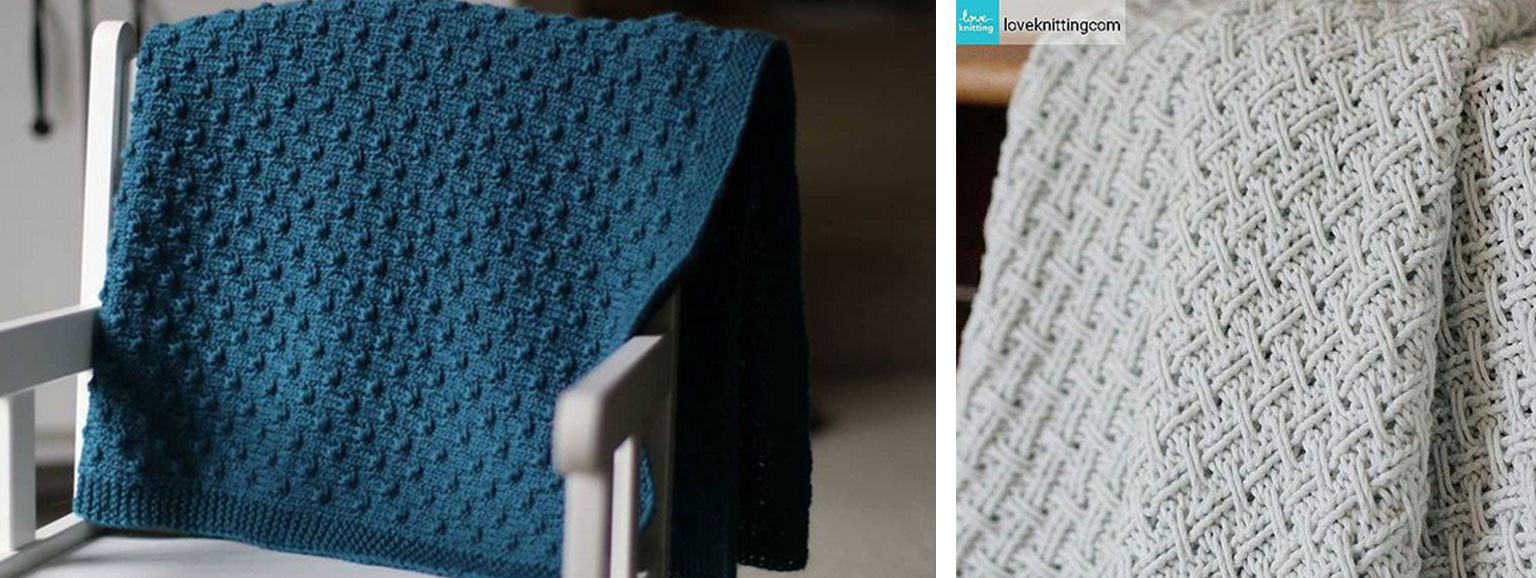
Just look at the greatest polymaths of all time: Darwin may have made his name with his theory of evolution, but as well as biology he studied zoology, geology and economics. Leonardo DaVinci may have been one of the most famous painters of all time but he also excelled at engineering, sculpture, architecture, science, music, literature, anatomy, geology, astronomy, botany, writing, mathematics, history and cartography. These are just two examples of where complex knowledge in a wide array of subjects has allowed someone to solve specific problems.
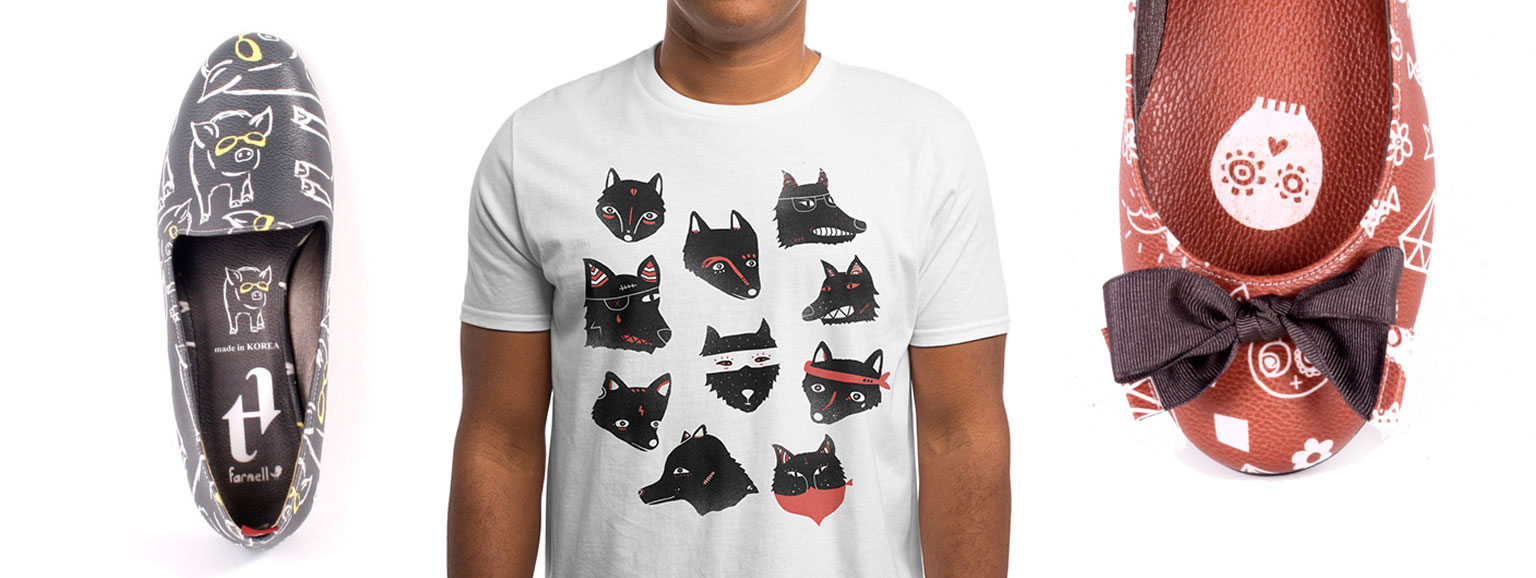
Being creative in other fields also informs and inspires us when we’re working on projects for clients.
By being interested in creativity in all its forms, we soak up many more sources of inspiration and are more aware of trends and new media: An exhibition may trigger our love for a certain colour combination, we might notice the way a certain song switched tempo and became an earworm, which then inspires a change of pace in a corporate short film, or a change in tone for a brand proposition. A trainer fabric might just as easily turn us on to using texture in a design. The creative freedom that comes from our passion projects can also help us find inspiration on client work, where the parameters are a bit less flexible.
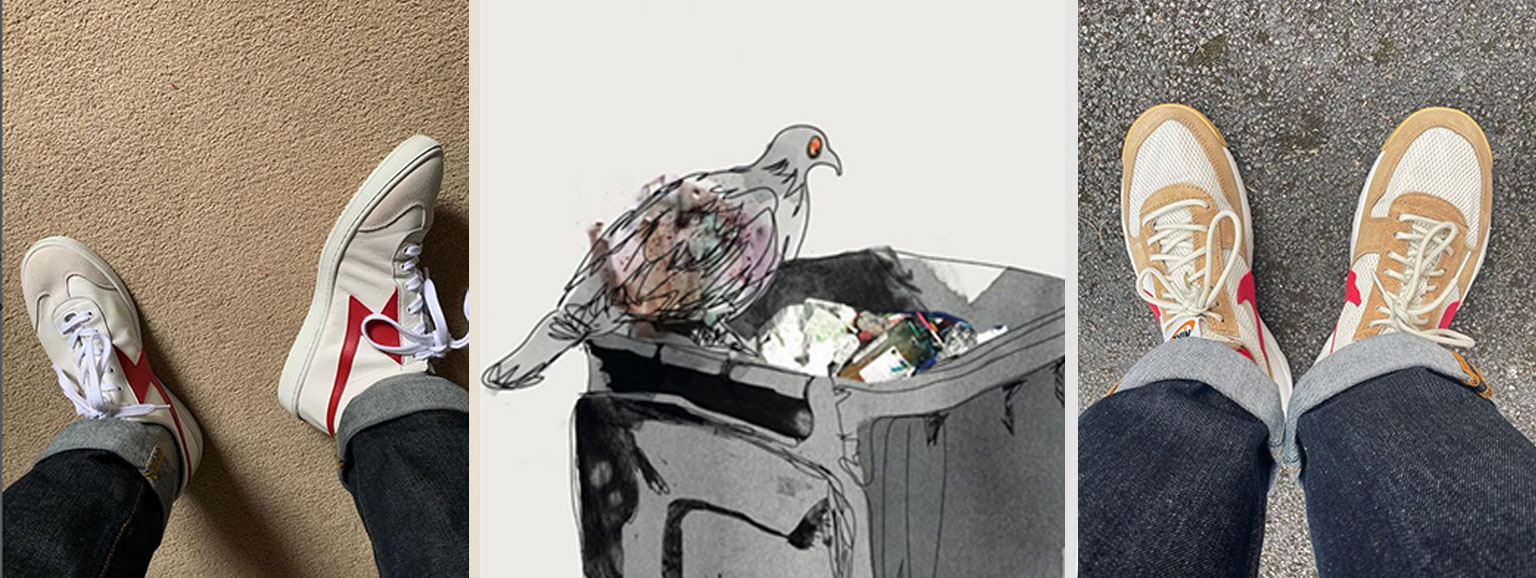
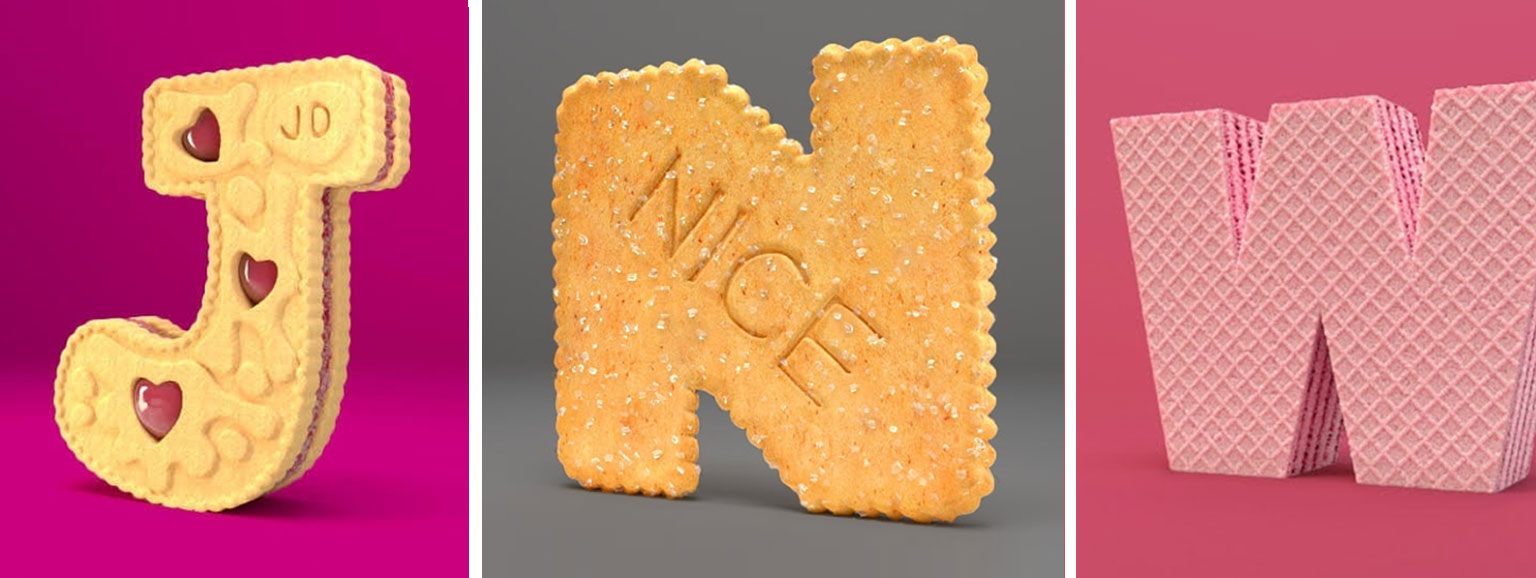
It’s not like cheating on a partner, finding beauty elsewhere only increases our ability to make beautiful things.
It’s been proven that we learn best through play, and our passion projects are often just that, but that doesn’t mean we don’t take them seriously.
At Michon, we actively encourage creativity in all its guises. It’s what keeps our ideas fresh and our creatives at the top of their game, ready to support your next project.